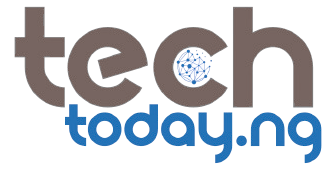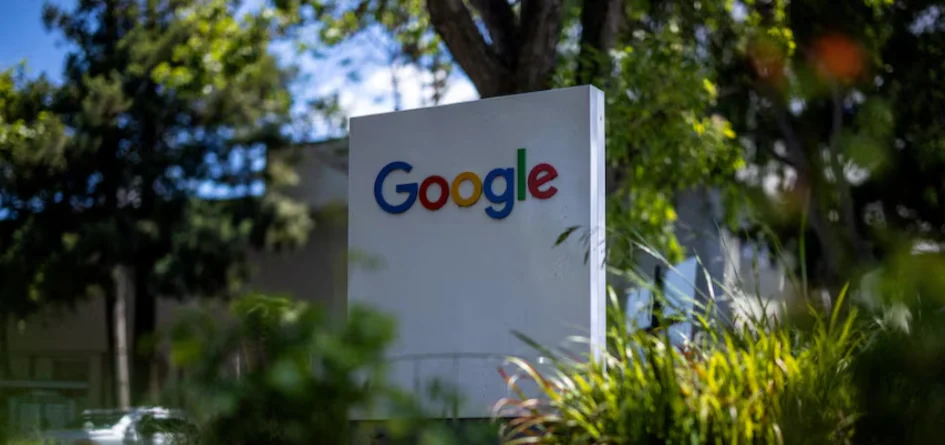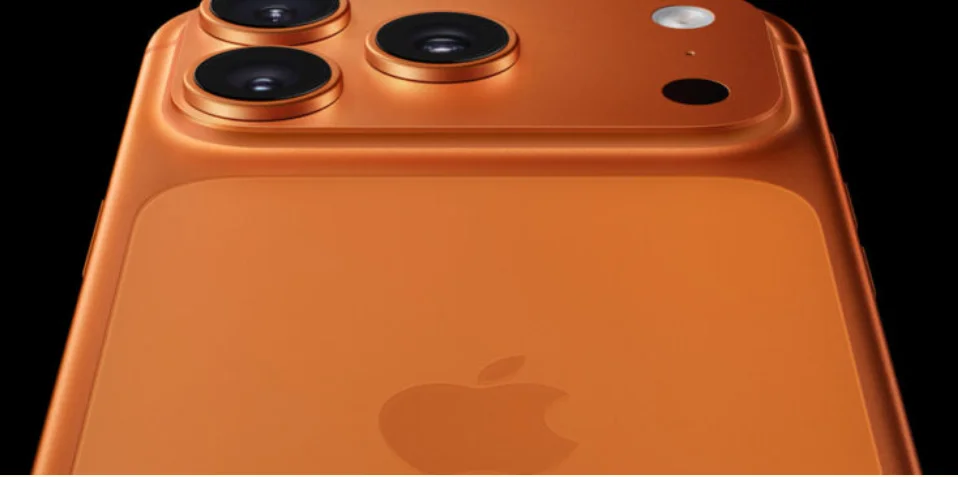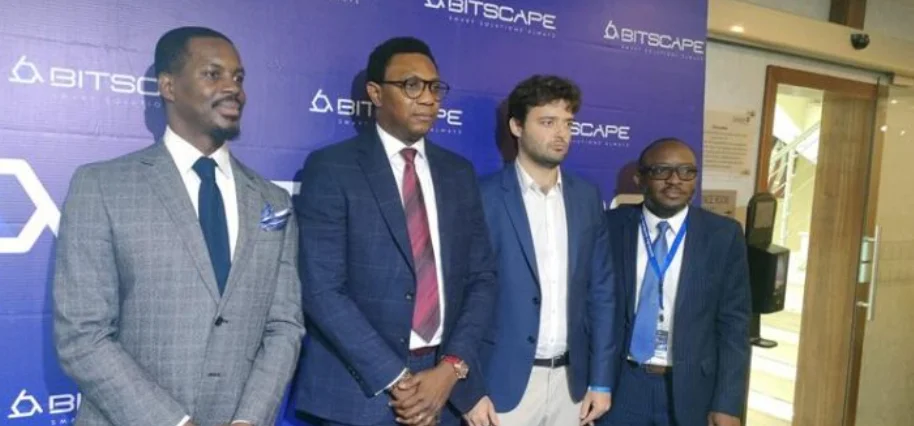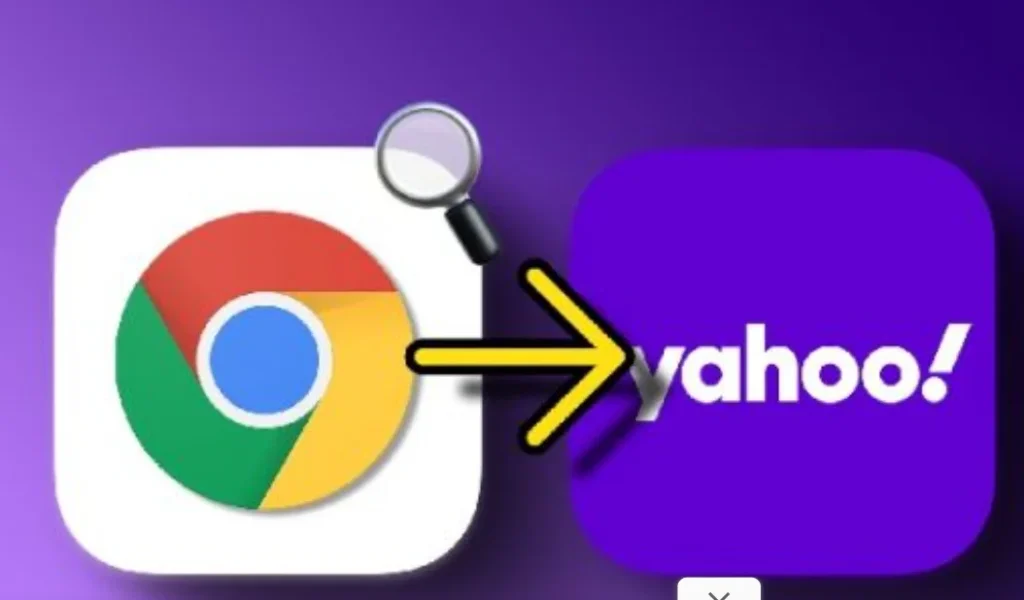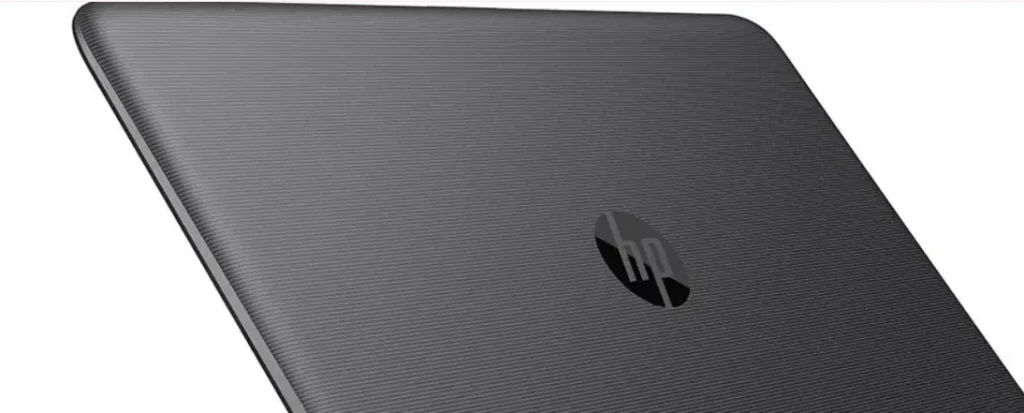Satellite IoT Market Poised for Explosive Growth
A new report from Berg Insight, titled “The Satellite IoT Communications Market”, projects massive growth in the satellite IoT sector. According to the study, the number of global satellite IoT subscribers will rise from 5.8 million in 2024 to 32.5 million by 2029, reflecting a compound annual growth rate (CAGR) of 41.1%.
This surge highlights the increasing importance of satellite IoT connectivity, especially in regions where terrestrial networks cannot reach. Currently, only about 10% of the Earth’s surface is covered by terrestrial connectivity, leaving satellite technology as the key enabler for global IoT expansion.
Key Applications of Satellite IoT
Satellite IoT complements terrestrial networks by powering critical applications across industries such as:
- Agriculture – precision farming, livestock tracking, and environmental monitoring.
- Asset Tracking – logistics, fleet management, and supply chain visibility.
- Maritime Transportation – vessel monitoring, cargo management, and navigation.
- Oil & Gas – remote pipeline monitoring, drilling operations, and safety systems.
These use cases demonstrate how IoT via satellites is transforming industries that rely on remote operations.
Market Leaders and Emerging Players
The report identifies Iridium, ORBCOMM, Viasat, and Globalstar as the largest network operators in the satellite IoT market.
- Iridium leads the sector, boasting 2.0 million subscribers.
- ORBCOMM has shifted from being a dedicated satellite operator to an end-to-end IoT solutions provider, showing how the industry is evolving.
Meanwhile, more than two dozen new operators are entering the market, many of them deploying low-earth orbit (LEO) nanosatellites to deliver connectivity. These newcomers are increasingly combining satellite and terrestrial wireless IoT technologies, expanding the potential of connected devices worldwide.
Revenue Outlook
Satellite IoT revenues are expected to grow at a 36.4% CAGR between 2024 and 2029, reaching €1.58 billion.
However, the report also notes that the average revenue per user (ARPU) will decline, dropping to €4.05 per month by 2029. Despite this decrease, the massive subscriber growth will more than offset the lower ARPU, driving overall market expansion.
Conclusion
The satellite IoT market is entering a period of rapid growth, driven by both established leaders like Iridium and ORBCOMM and innovative new players using LEO satellite technology. With revenues projected to hit €1.58 billion by 2029, satellite IoT is set to become a cornerstone of global connectivity, bridging the gaps where terrestrial networks fall short.
